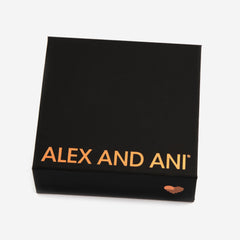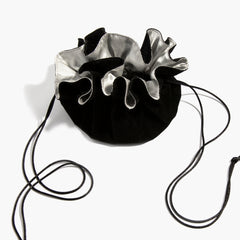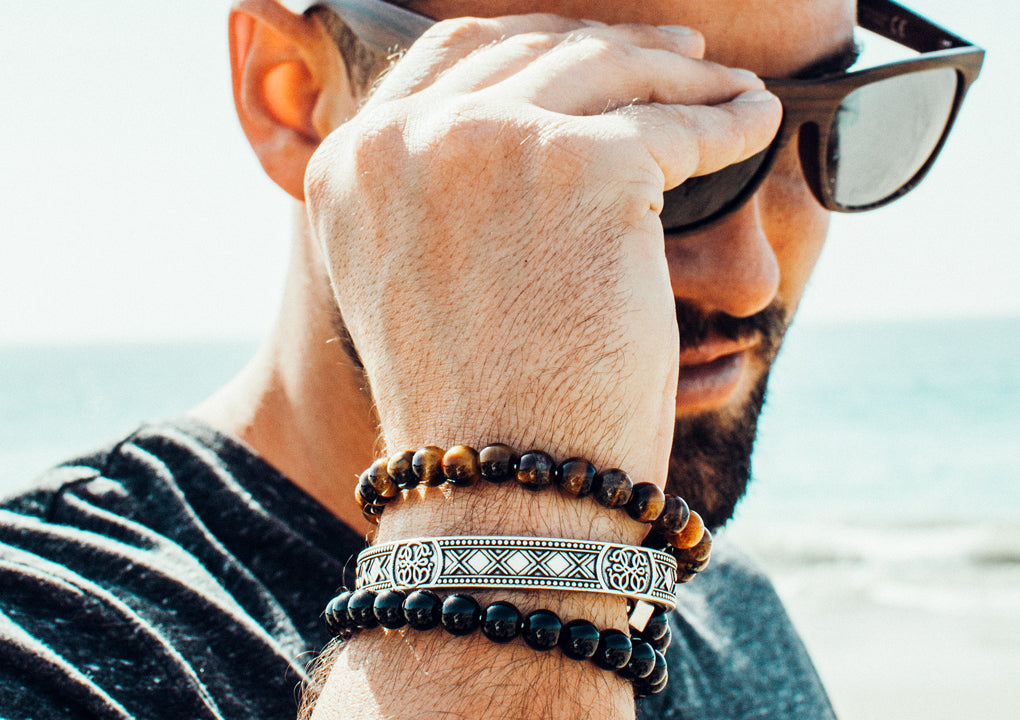_____
In recent history, women have enjoyed their status as the more bejeweled sex. However, according to the New York Times, men’s jewelry is back “in vogue,” thanks to the influence of hip-hop stars, athletes – and even Britain’s Prince Harry, who is often spotted wearing stacks of beaded and leather bracelets.
We decided to take a look back at masculine jewelry throughout history. Check out these nine conversation pieces:
1. Neanderthals were the first to accessorize. Historians believe they may have crafted the world's first jewelry some 130,000 years ago by stringing together animal teeth and shells. In Croatia, researchers found a set of eagle talons from the era, which they believed were part of a necklace or bracelet, most likely worn by a man.
2. Egyptians adorned themselves to secure a better future. In Egypt, both men and women stacked on gold and silver because they believed it was the way to get the attention of their gods. The more jewelry they wore, the more attractive they would be to the deities who controlled health, wealth, and the afterlife.
3. And to ward off evil spirits. Egyptians also believed that wearing symbolic amulets such as the ankh or the Eye of Horus could drive away evil spirits and provide spiritual guidance. Wear them as a protective talisman in modern times.
4. Ancient Greek soldiers wore jewelry to battle. The leather and metal cuffs on their uniforms were a bid for spiritual protection in battle – a practice later adopted by Roman troops.
5. British royalty started the heavy gold chain trend. Traditionally, royals handed out ornate livery collars – heavy chains, usually made of gold – which men wore to honor their associations. One of the most famous styles is the Collar of Esses, comprised of a row of S-shaped links, made popular by Sir Thomas More in the 1500s.
6. European men popularized the single-earring look. In Europe, during the late 16th century through the 17th century, it was customary for men to wear a single earring on one ear - usually a drop style earring rather than a stud. Dashing explorer and spy Sir Walter Raleigh was famous for accessorizing his doublet with a signature double-pearl dangler.
7. Pirates and sailors wore jewelry as life insurance. If a seaman’s body washed up on a distant shore, the gold hoop earring was meant to pay for a proper Christian burial.
8. Gemstones were a status symbol. For a time in Europe, only the wealthy and high-ranking church officials were allowed to wear gemstones. British monarch Henry VIII boasted at least 234 rings, 324 brooches, plus multiple diamond and pearl studded necklets in his jewelry collection.
9. Wartime necessity inspired peacetime style. In the 20th century, men’s ID bracelets became a popular fashion statement. Many men picked up on the style as a nod to World War II American soldiers who wore “dog tags” for identification purposes.
Written by Joanna Powell



